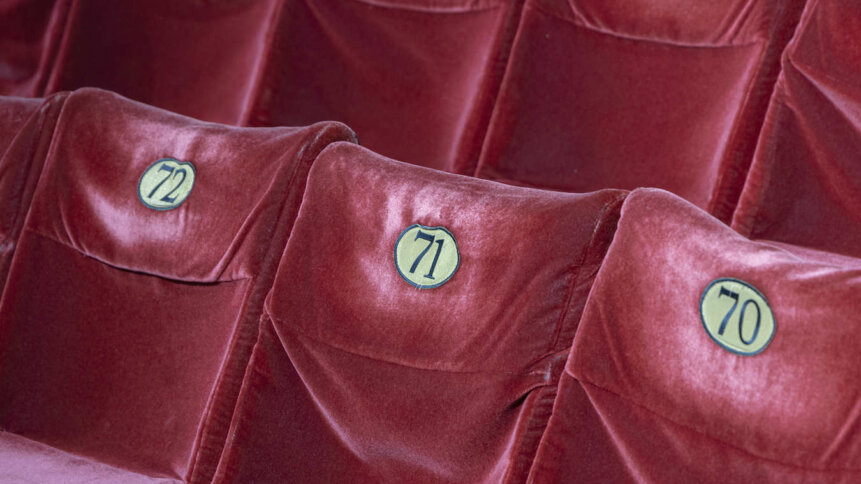Star Trek meets the world of business with hologram technology

In 2019, a German circus made headlines when it used hologram technology to go cruelty-free. The use of live animals in circus performance has long been condemned as animal abuse, but audiences now don’t have to miss out on the experience of seeing an elephant in the center of the ring.
Holographic figures are built for circus-theatre Roncalli using 3D animations, photography and virtual rendering. From around the stage, 11 digital laser projectors flash the animal animations onto a circular wire net put up for the performances. The entire show can be operated by just one person, although it takes roughly ten people to take the metallic netting down.
The technology that enabled Circus Roncalli’s holographic feat was built by Bluebox in collaboration with Optoma. As early as 2018, this type of technology was being used, when the Super Bowl halftime show saw Justin Timberlake perform with Prince — who had died two years earlier.
But it’s not all resurrected celebrities and virtual elephants: it cuts costs considerably, and holographic appearances save air miles, which is an environmental win.
Hologram technology saves money and the environment
As events return to being in-person, many are glad to be out from behind a screen. However, the perks of virtual attendance to events and conferences won’t soon be forgotten; the lower costs, the ability to go from an event in France to another in Australia within an hour, and of course the benefit to the environment of the cessation (or at least, significant reduction) of long-haul flights. What if these perks could exist without reducing keynote speakers to 2D, head-and-shoulders projections?
For a travelling circus, virtual animals save on transport and food costs, not to mention vet bills! Hologram technology doesn’t just fit this niche though, as live holopresence technology makes it possible to have a conversation with a holographic speaker — think Star Trek for technology conferencing organizers.
As an example of how this technology is already growing in use, Oration Speakers virtual speaker bureau, partnered with AHRT Media, regularly brings keynote speakers to events holographically. Critically of course, that means the speakers don’t have to leave their city to appear onstage and engage audiences.
Chairman of Electro-Federation Canada, David Nathaniel, said “AHRT Media’s live hologram display technology generated a lot of feedback from the audience members. I expect to see similar setups at industry events moving forward.”
ARHT’s hologram capsules — what Van de Woestijne calls a “hologram in a box” — mean that set up time has dropped from four or more hours to roughly ten minutes.
While traditional projection methods require careful alignment of each element, ARHT has pushed the technology to the point where it’s virtually self-contained, and practically plug-and-play. The company’s servers and software compress and encrypt the video feed, meaning meetings and presentations can be as private as the modern business and legal environment demands.
It may take some time, given the socioeconomic pressures of the post-pandemic era, for holographic meeting and event technology to be widely adopted – especially since almost the entire business world got used to 2D videoconferencing during the Covid years.
But in terms of technology whose time may not quite have come, but is just around the corner, the ease of setup and use of new holographic technologies probably means that when the money is safely available and the expenditure can be justified by more and more businesses, we’re likely to slide easily into our Star Trek holo-future.









